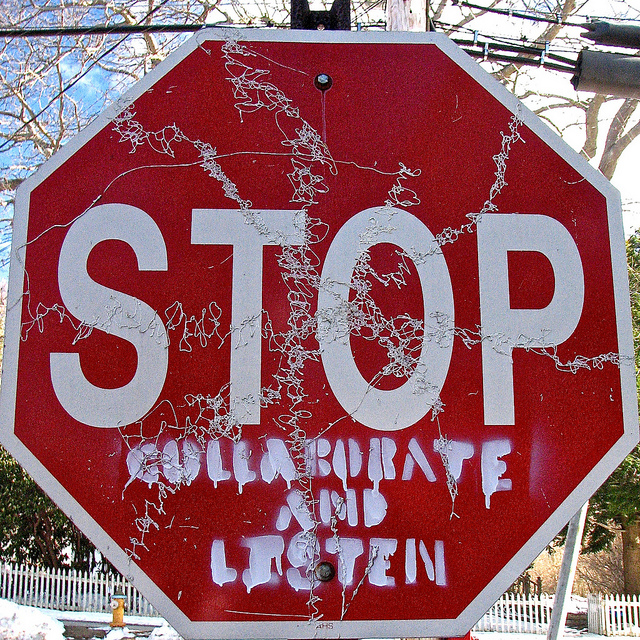Photo credit: Don Shall
Collaborative law is an emerging process in the Australian legal system that is fast becoming the preferred method for divorce settlements.
But what on earth does it mean? This article breaks down the ins and outs of collaborative law.
What is collaborative law?
Collaborative law is built upon the agreement of both parties and lawyers alike to avoid litigation.
At the beginning of the process, all parties sign an agreement that ensures the disclosure of all documents, mutual respect, protecting children, the sharing of experts and a commitment to reaching a balanced agreement. Most importantly, all parties agree not to go to threaten court action or go to court.
How does collaborative law work?
All negotiations in collaborative law take place in meetings, where both parties and their separate attorneys are present. During these meetings, the lawyers guide the divorcing couple through the terms of their separation and attempt to help find a reasonable resolution. Relevant professionals like accountants, counsellors or financial planners may also attend these meetings to offer their opinions. Rather than a hostile environment, these meetings are designed to be respectful discussions of your settlement needs.
Meetings will continue to take place until a resolution is reached. In some cases, only one meeting will be required.
Once an agreement is found, the terms are recorded in a legally binding manner.
Often, the open communication encouraged by collaborative law create a far more amicable divorce than possible in a courtroom setting.
Can any lawyer practice collaborative law?
No – lawyers must be specially trained in collaborative law. Rather than working solely for the benefit of their client, a collaborative lawyer needs to focus on a balanced resolution. This means that they need to alter their approach and work constructively with the other attorney involved, as well as their own client.
What are the advantages of collaborative law?
There are many advantages to using collaborative law instead of litigation to find a divorce settlement.
Greater control
Each party is an active participant in all aspects of the dispute resolution. Rather placing your settlement in the hands of a judge, each party can involved and empowered by the experience. Any resolution is your own decision – not that of someone else.
Reduced costs and settlement periods
All you pay is the hourly rate of your lawyer. Usually, it takes much less time to reach an agreement in collaborative law than it does to go to court. This means less outlay on legal fees, and less time wasted.
Open communication patterns
Each party has the chance to express their needs, desires and reasoning behind decisions related to the settlement. Lawyers can also help you to communicate in a productive way, and learn how to relate to each other not only during the divorce process, but into the future.
Balanced settlement
Each lawyer works toward a final result that is mutually beneficial, rather than all-or-nothing.
Privacy
All negotiations occur in private, rather than the public arena of the courtroom.
What happens if we can’t reach an agreement?
If the separating couple are unable to reach a settlement, the collaborative law agreement will dissolve and you will be forced to seek litigation. In so doing, both lawyers must play no further part in the case: each client will need to seek a new attorney. From there, your divorce settlement will proceed to the courtroom.
I’m still unsure about collaborative law…
This information can help you to understand collaborative law in theory – but in practise it may still feel a little hazy.
The Law Council of Australia have produced several testimonials and case studies to explain exactly how Collaborative law works in real life.
Follow the links below to see exactly how collaborative law may work for you.



